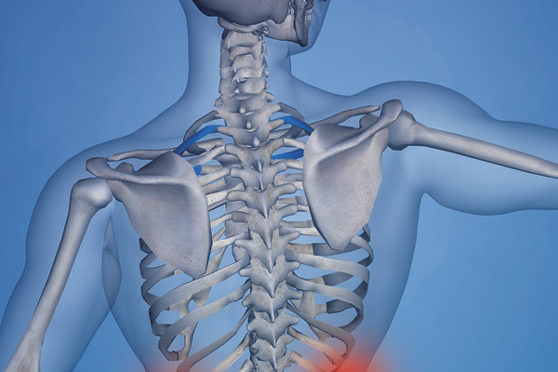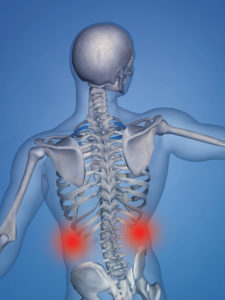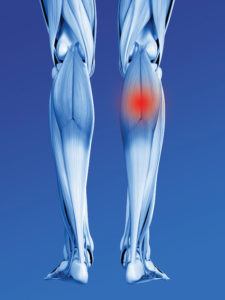Sitting, standing, or taking a bow—which movement will trigger back pain for a musician? Sitting for prolonged periods of time, as many musicians do, can be linked to a number of health concerns, chief among them, back issues. Around 80%-90% of people in the US will have back pain at some point in their lives.
Postural loads are different, depending on the musical instrument. For example, violin and flute require elevation from both upper limbs; asymmetrical postures are common and instrument weight can be significant. Almost every instrument requires some repetitive motion and therefore can lead to injury over time. Even young players can injure themselves over the course of just a few months.
Keep a Level Head
Avoid slouching your shoulders and invest in a supportive work chair, if you are going to be sitting for long periods of time. Musicians with proper form keep their shoulders level while playing. You will notice, too, musicians sit forward in their chairs. How far forward is a matter of comfort and body type. Some musicians are poised right at the chair’s edge, but most have their weight centered a little farther back.
If you must stand for a prolonged period of time, keep one foot forward and your knees slightly bent. This takes pressure off your low back. Change position often to avoid strain and keep your circulation flowing.
Sleep Posture Counts, Too
A firm mattress can improve your spine’s alignment and prevent back pain while you are sleeping. Depending on your preferred sleeping position, consider using a pillow to help further align your spine and release pressure from joints. Monitor your back position even when you are sleeping. Sleeping in a curled-up position or with too thick of a pillow can cause upper spine pain. Sleeping on your back puts 55 pounds of pressure on your back. If you must sleep on your back, try putting a couple pillows under your knees, which will cut the pressure in half.
Your footwear also plays a role. The best way to maintain proper posture is to wear comfortable, low-heeled, and supportive shoes.
Be sure to do a regular posture check. Check the height of your chair, the position of your music stand, and instrument. Your feet should be flat on the floor (unless using a guitar footrest) with your knees level to your hips. If your chair doesn’t support your low back, place a small pillow or rolled-up towel behind you. If you find yourself caught up in a long practice session, change your position occasionally. Plus, get up and stretch when you have a short break.
The Core Is Key
When most people think about the core of the body they think of the abdominal or six-pack area just below the ribs. While the abdominal muscles are an important part of the core, we consider other areas important, too.
Your core includes:
- Front abdominal muscles
- Muscles along the side of your body—internal and external obliques.
- A deep muscle that wraps around the front—the transverse abdominal.
- Muscles in your back that are located between your spine bones and run along your spine—erector spinae and multifidi.
Your core also includes your diaphragm, muscles of the pelvic floor, hip flexors, and gluteal muscles.
Theoretically, if the muscles around the low back are weak, your body will rely more on passive structures for stability, including ligaments—the tissue that connects bone to bone—as well as the spinal bones or discs that lie between the spinal bones. This can cause pain.
Some studies have shown that specific core exercises are not any more beneficial than general exercise for low back pain. What we know is that exercise, in general, can help and focusing on core muscles may provide some additional benefit.
Play It Safe
Exercise strengthens the muscles that protect the spine. When combined with a healthy diet, it can prevent excess weight gain that puts additional strain on your back. The best way to prevent injury is to listen to body cues and note any sign of pain during, immediately after an exercise, and the following day. Make stretching a part of your daily routine. Stretching before, during, and after performance or rehearsal will make you feel more relaxed and avoid injury.
Lift with your legs. Musicians often carry heavy equipment, putting them at higher risk for back injury. If you are carrying an item by hand, put one knee down with the other foot flat on the floor, as near as possible to the item you are lifting. Lift with your legs, not your back, and tighten your core muscles. Hold the object close to your body and maintain your back’s natural curvature. If an item is excessively heavy or bulky, use a hand truck or a dolly.
Physical therapists trained as musculoskeletal experts are the most qualified, aside from an orthopedic doctor, to assess back problems. Since there are many factors that impact low back pain and many types of low back pain, it’s a good idea to visit a physical therapist at least once for an evaluation and subsequent tailored care plan so you can progress safely.






